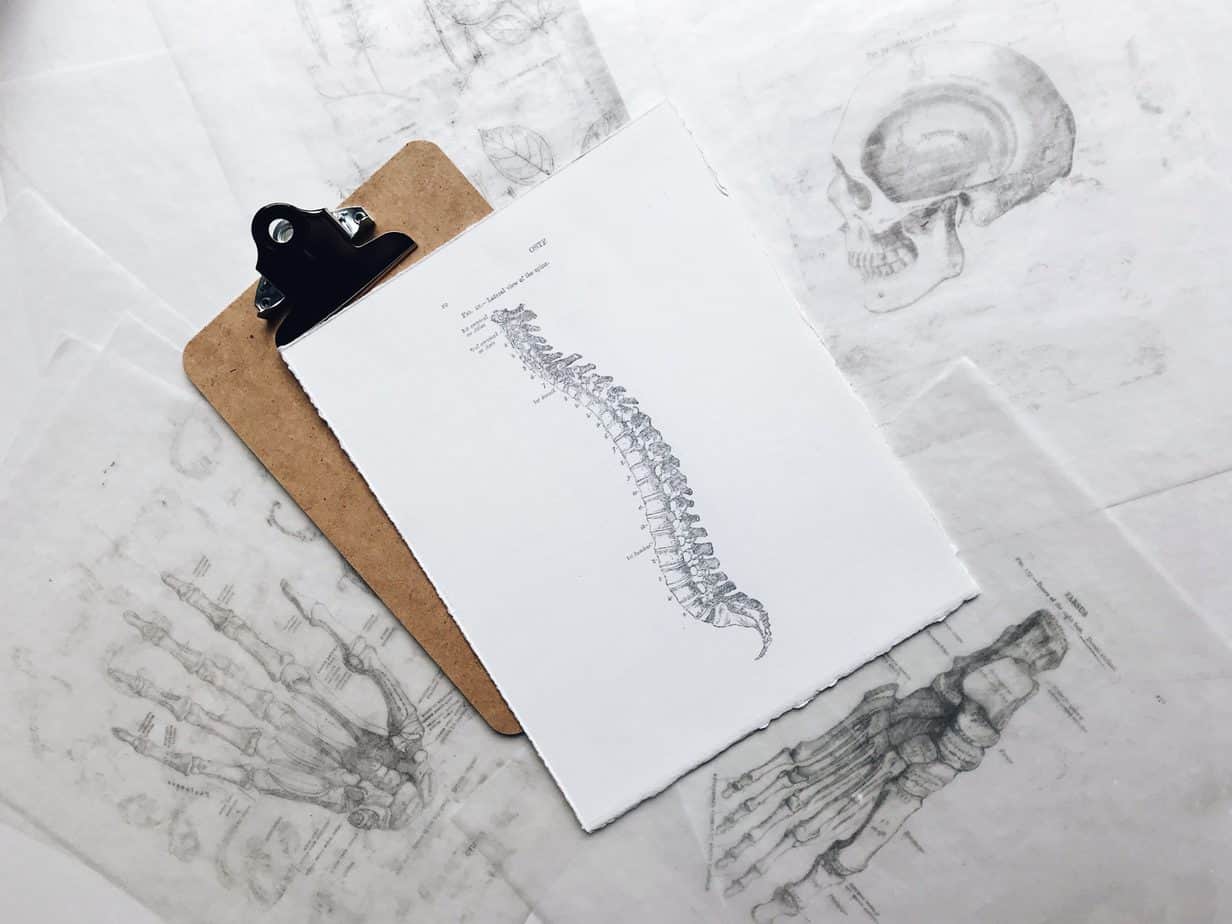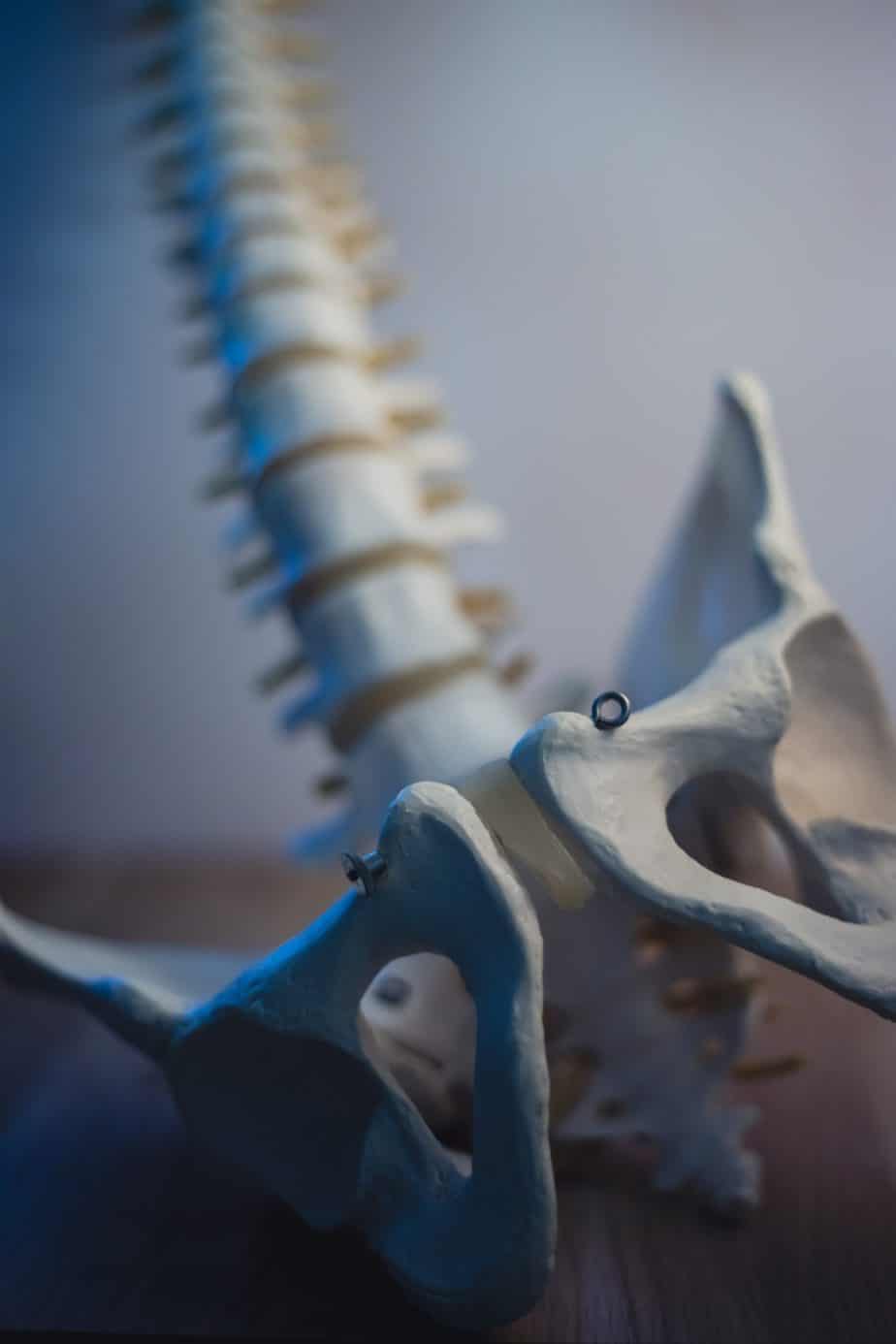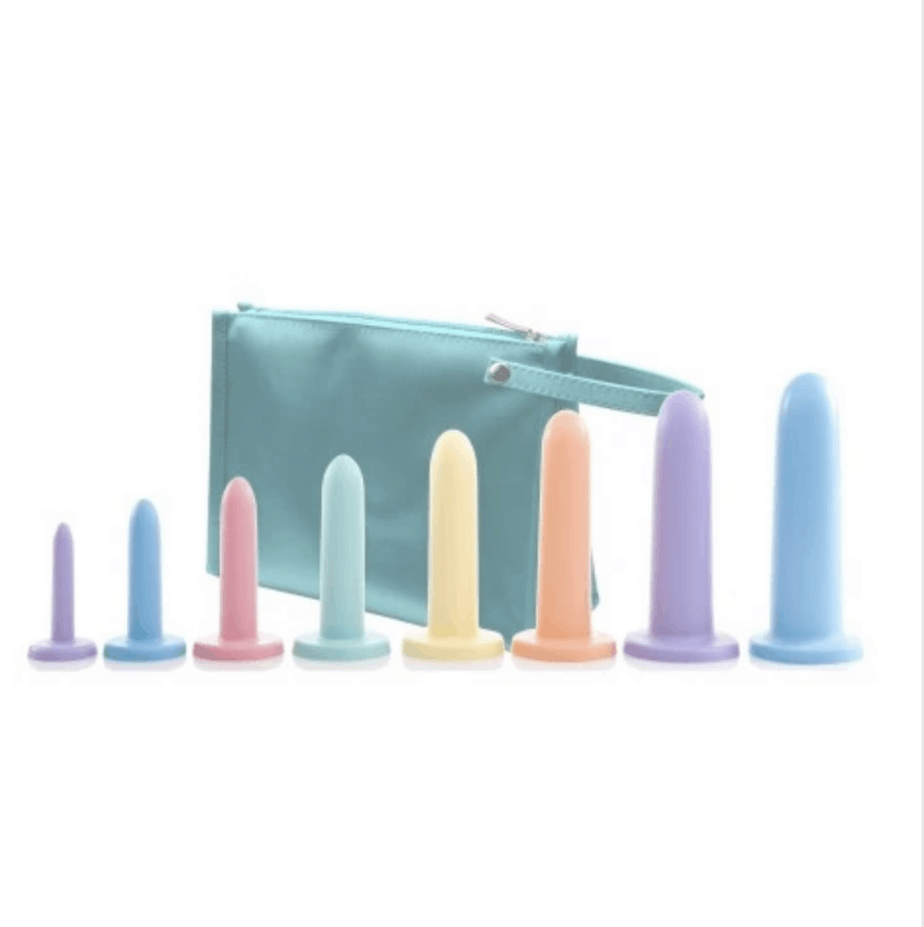Toileting Tips

According to the National Institute of Health, roughly 60 to 70 million Americans are affected by digestive diseases. Most people experience the discomfort of constipation at some point in their lives. Roughly four million Americans have frequent constipation, the most common GI complaint. Bowel health is often a good indicator of your overall health. Bowel issues can arise from a multitude of factors including food sensitivities, chronic pain, and changes in your microbiome, as well as various digestive diseases such as irritable bowel syndrome, Crohn’s disease, and diverticulitis.
Poor bowel habits can contribute significantly to bowel dysfunction. There are a variety of poor bathroom practices that can affect the muscles and soft tissue responsible for supporting the digestive system: ignoring the urge to empty your colon, improper toileting mechanics, hovering over the toilet, not allowing enough time for bowel movement, straining, and performing a valsalva maneuver (exhaling with your airways closed) to empty.
The good news is that you can easily modify your lifestyle to optimize bowel function and improve your quality of life.
Listen to your gut
Don’t ignore the urge to defecate. The rectum is not designed for long-term storage. Chronic habits of retention can cause pelvic floor muscle dysfunction. Fear of public restrooms is a common reason cited for delaying defecation.
Have a plan
If you are fearful of public restrooms, you can try waking up early and establishing a daily bowel routine. Exercising, increasing fiber intake, and drinking plenty of water can help establish a regular bowel schedule. Physical activity stimulates peristalsis (wavelike muscle activity that push the contents of the digestive tract forward), allowing for proper transit in the colon.
Take your time
Allow yourself enough time to have a bowel movement without distractions and without feeling rushed. Don’t strain or bear down when having a bowel movement, as this can cause other dysfunctions, such as pelvic organ prolapses. Make sure to sit down on the toilet to allow all the muscles to relax properly; do not hover over the toilet.
Also avoid excessive time on the toilet. Do not spend more than 10-15 minutes attempting to defecate. Getting up and changing positions can prompt pelvic floor relaxation. Try the squatting posture and take a deep breath before attempting defection again.
Toileting Mechanics
Pelvic floor muscles are responsible for bowel continence. Straining leads to contracted or shortened muscles, inhibiting bowel movement. Relaxing the pelvic floor muscles around the colon allows stool to exit the rectum freely. The optimal colorectal alignment is in a squatting position due to the orientation of pelvic floor anatomy.
Most toilets do not allow for ideal squatting positions. Your feet should be elevated to ensure hips are flexed between 90 to 135 degrees. You can try placing a small stool or shoebox to aid with alignment, or you can purchase a squatty potty.
Self Massage
Massaging your abdomen can help stimulate a bowel movement.
Start on the left side below your rib cage and perform clockwise circles from the upper descending colon down toward the left pubic bone. Perform this 5 times. Also try broad massage strokes straight down the colon to clear this area of any stool that may be present.
Move to the right side of the lower pelvis. Begin circular massage up the colon to the lower right rib cage. Continue horizontally across the abdomen, from right to left, above the belly button. Finish downward again to stimulate movement toward the rectum. You may want to finish with colon strokes up the ascending colon, across the transverse colon right to left, and then down the descending colon 3 to 5 times.
Written by: Victoria Garrett, PT, DPT

References:
National Institutes of Health, U.S. Department of Health and Human Services. Opportunities and Challenges in Digestive Diseases Research: Recommendations of the National Commission on Digestive Diseases. Bethesda, MD: National Institutes of Health; 2009. NIH Publication 08–6514.
Sakakibara R, Tsunoyama K, Hosoi H, et al. Influence of body position on defecation in humans. Low Urin Tract Symptoms. 2010;2(1):16–21. Article Summary in PubMed.
Sikirov D. Comparison of straining during defecation in three positions: results and implications for human health. Dig Dis Sci. 2003;48(7)1201–1205. Article Summary in PubMed.
Mayo Foundation for Medical Education and Research. (2019). Constipation.
Physical Therapy Association. (2019). 4 Things to Know About Adult Bowel Health.







